Tags: Fossils
Mammoth Fossil Found in Florida; Another Leg Bone Discovery in the State from Prehistoric Period
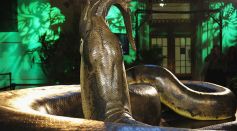
Titanoboa Monster Snake: Is It Real? Sighting of Giant Prehistoric Reptile's Skeleton NOT True
Gigantic Rhinoceros Fossils Dubbed Largest Mammal to Grace the Earth, Uncovered in China’s Gansu Province
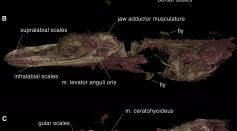
Mistaken Bird Fossils Is Actually a Mysterious Small Lizard; Is This the World's Smallest Dinosaur?
Salamander-Sized Amphibian Fossils That Lived 252 Million Years Ago, Excavated Before COVID-19 Crisis
Fossils of Prehistoric Species from Up to 10 Million Years Old Including Rhinos, Camels Discovered
488-Million-Year-Old Fossil Discovered by 6-Year-Old Boy While Digging in Their Garden
Genes of Half-Billion-Year-Old Sea Monsters Surprisingly Similar to Humans
Australian Research Expedition Finds Native Lizard Ancestor

Neanderthal Teeth Serve as Evidence of Interbred Population
Scientists Discovered How Dinosaurs Mate By Reconstructing Its Cloacal Region
Once There was a Dinosaur that Dwarfed Even the 'T Rex,' Paleontologist Suggests
200-Million-Year-Old Teeth Suggest First Mammals Lived Like Reptiles
Researchers Date the Historic Ilopango Eruption That Destroyed Part of the Maya Civilization
Rare, Cracked Eye of 429-Million-Year-Old Trilobite Reveals Mysteries of the Ancient World
Researchers Prove That the Sahara was Once 'The Most Dangerous Place in the History of Planet Earth'
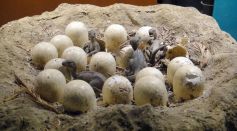
New Study Suggests That Dinosaurs Were Warm-Blooded
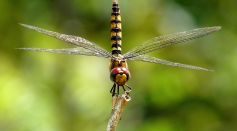
Newly Found Dragonfly Fossils is Linked To Climate Change
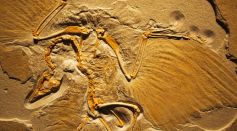
New Species of Ancient Bird Found in Japan
Pliosaur Fossils Found in Poland
Most Popular

Can We Bring Back Extinct Animals? How De-Extinction Science and Technology Work

Why Do Stars Explode? Supernova Formation and the Final Stage of a Star Lifecycle

The Air Pollution Climate Link: What Environmental Science Reveals About Our Changing Planet

Extreme Heatwaves Explained: What Extreme Heat Science Reveals About Our Changing Climate





